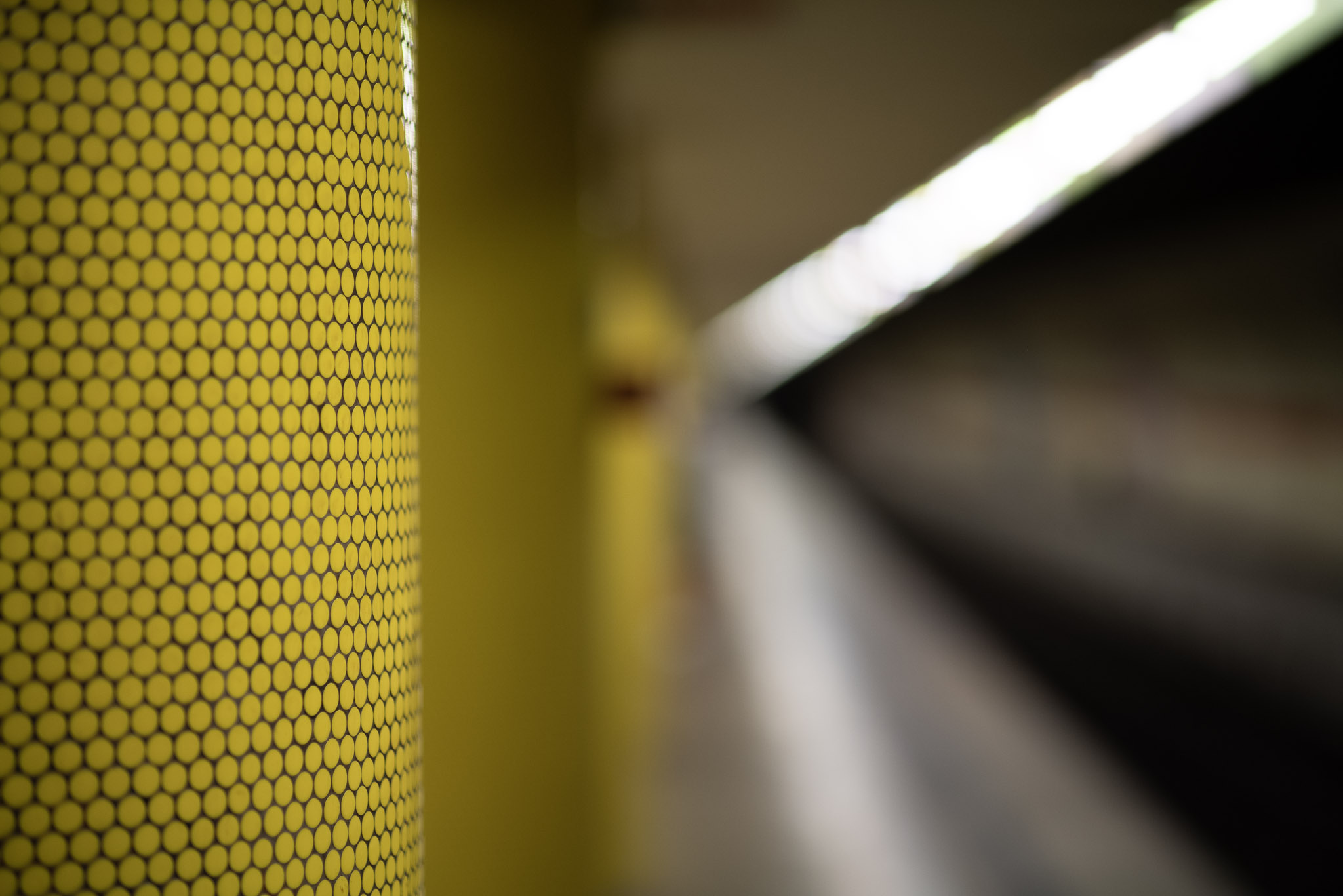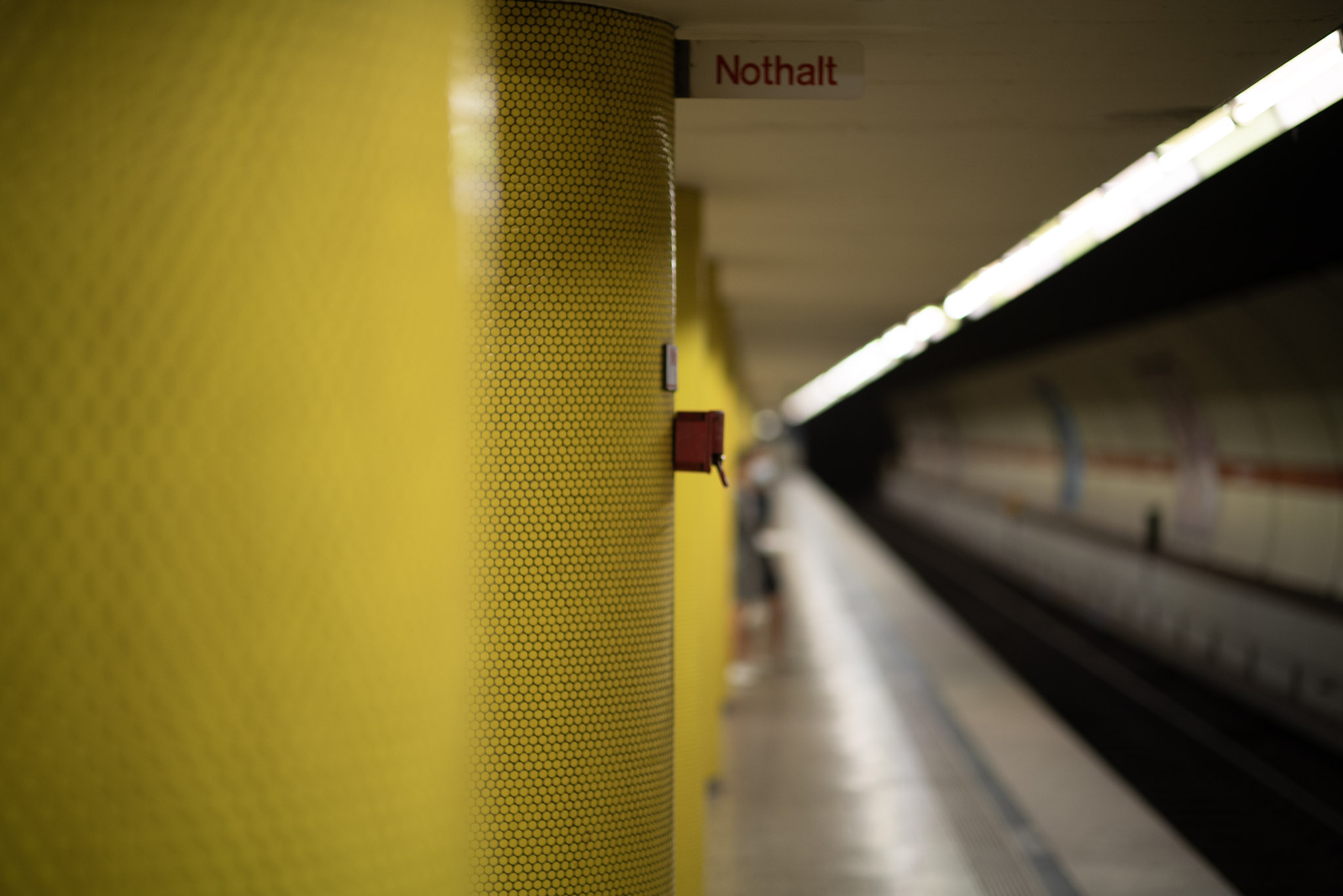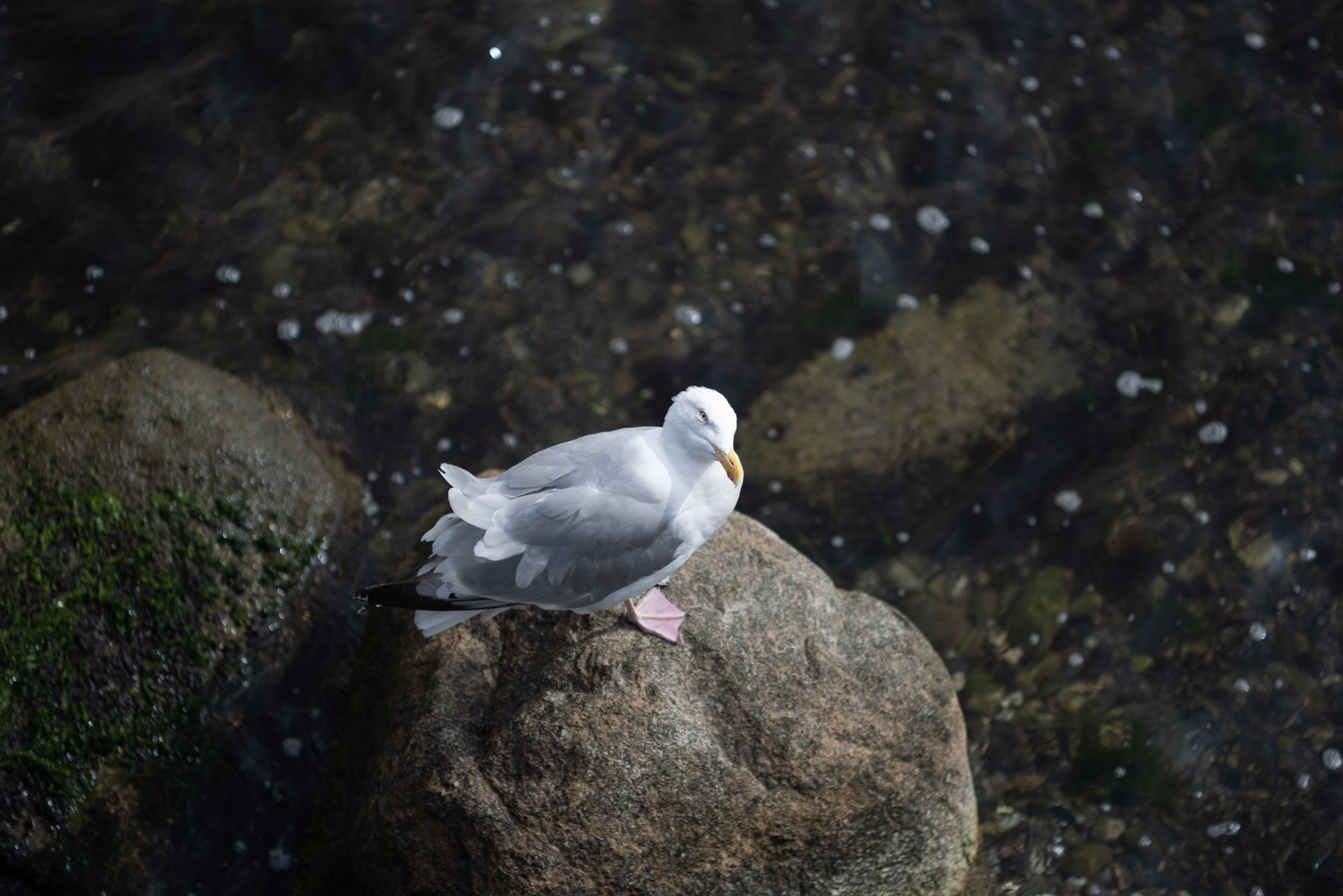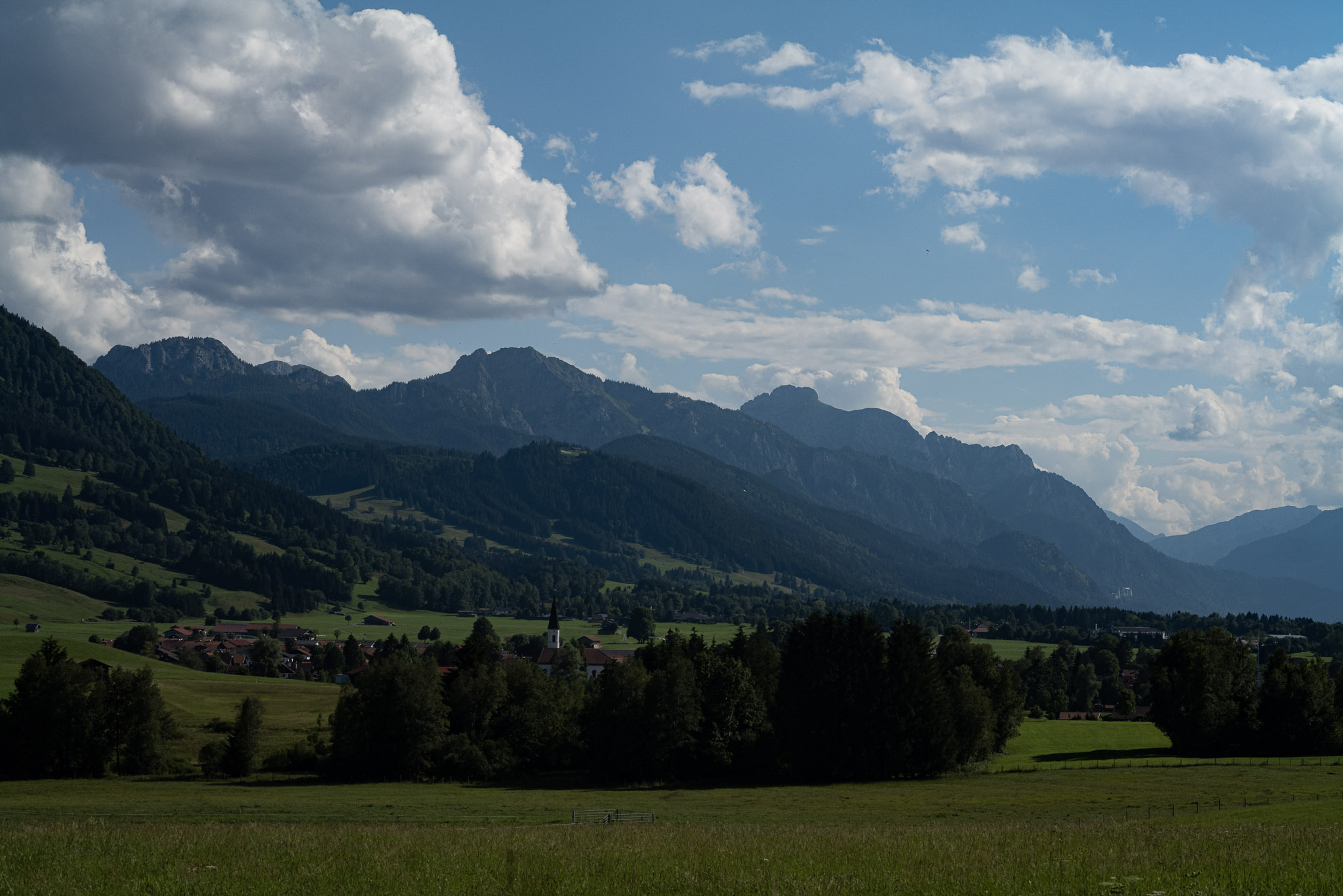- Published on
The Leica Noctilux-M 75mm f/1.25: Fun at a cost
- Authors
- Name
- Nicholas Junge
This post is a work in progress; more images and thoughts may be added as time goes on.
Usually, Leica M lenses have a rather small footprint, especially compared to the direct mirrorless or even SLR competition. But on a few occasions, they do produce absolutely extreme lenses - in performance, but also in size and weight. And so, in late 2017, they launched the Noctilux 75mm, a short tele lens with a maximum aperture of 1.25, and the first non-50mm Noctilux to boot. So what's it like to use one?
Build quality, haptics, materials
Let's get this one out of the way first. Clear 10/10 all across the board, living up to the usual high quality standards associated with and expected from Leica.
Optical quality and form factor
The optical quality is also fairly easy: You can go on YouTube and watch David and Josh from Leica Store Miami resolve a Steiff teddy bear with the 75mm Noctilux on the SL2 at truly ridiculous detail. It resolves significantly higher than the APO-Summicron 75mm f/2, Leica's other current short portrait tele lens. And this starts right at f/1.25 - no "wide open is unusable" nonsense. A marvel of engineering for sure, which even had its used glass varieties optimized for dispersion metrics according to Peter Karbe if you go by the official product page.
Now the form leaves the first... maybe weird impression. The M10-P + Noct 75mm duo becomes a "lens+camera" combination more than a "camera+lens" one like normally. The Noctilux exceeds one kilogram of weight, making it the heaviest M lens to date (the later released Summilux-M 90mm is the same). This is probably not the prime choice of lens for a light stroll or a short backpacking trip.
Me personally - I have a very low weight tolerance because of back issues, so I am usually inclined to go lighter if possible. I was willing to put up with it if it balanced - you feel it when it's there, once the camera is in your hand. Long story short: The Noct75mm+SL2 balances superbly, the Noct+M10-P not so much. I just purchased a thumb rest for the M10-P though, so it might be better now - I haven't gotten around to testing it.
Usage
The Noctilux 50mm f/0.95 already has a very thin depth of field - the Noct 75mm seems to have about half that, when you calculate both at comparable distances and reproduction ratios. If it's all the same to you, I would use it with the SL2(-S) instead of the M for getting the most out of this lens. The SL2's OLED viewfinder is superior in every metric that's important to focusing this lens successfully, and even using the Visoflex Typ 020 is not a great relief for the M experience due to its low refresh rate. But rangefinder focusing can be done! It gets much more manageable with the M10 and above due to their Live View capabilities, but it is possible with every camera since the 1960s.
That look!


Munich subway, Fraunhoferstrasse. Each station is differently styled, great fun if you like vibrant colors.
When you start to use it wide open is when the magic begins (duh). Without trying to sound too overbearing, if you shoot a lot while stopped down, there probably isn't much benefit you can get out of this compared to the APO-M f/2 (or even the SL prime). It manages to compress the field of view and plane of sharpness well even at moderate distances, say 5-15 meters. In general, everything in front of or behind where you're aiming at has a very good chance of being completely melted away by this lens.

It can do a little food photography too, thanks to its close focus of just 85 centimeters, resulting in a maximum reproduction ratio of 1/8.8.
It's even crazier than the Noctilux f/0.95 at that; if you browse the great Noctilux wide open thread on the Leica Forum, or some '.95 based posts on Street Silhouettes, you can make a comparison about what you like better.

Proof of sharpness. This seagull stood on a rock at the foot of the pier and locked eyes with me. Would have been clearer at 90mm, but its eye is perfectly in focus. This was taken with the Leica SL2, where it was fairly easy to nail eye focus.
Should you get one?
I use mine way too rarely to do it justice (and also the purchasing price, really), which I attribute to a couple of things: There is the weight & balance thing, focusing is hard, 75mm is not the most versatile focal length, yada yada yada... but I regularly catch myself smiling at the results when I do end up using it. It's the perfect example of an extreme lens - unsuitable for a lot of situations, but when you use it for what it was designed, and you nail it, the results blow you away.
It does come at a great cost, not only monetary, but also comfort-wise. If you are willing to pay that, by all means! You get what you pay for - uncompromising quality, great image look, versatile depth of field to work with, biting sharpness.

And it does landscape, too! Obviously, if you're gonna do this, just go with the f/2 APO-SL or APO-M variant instead.